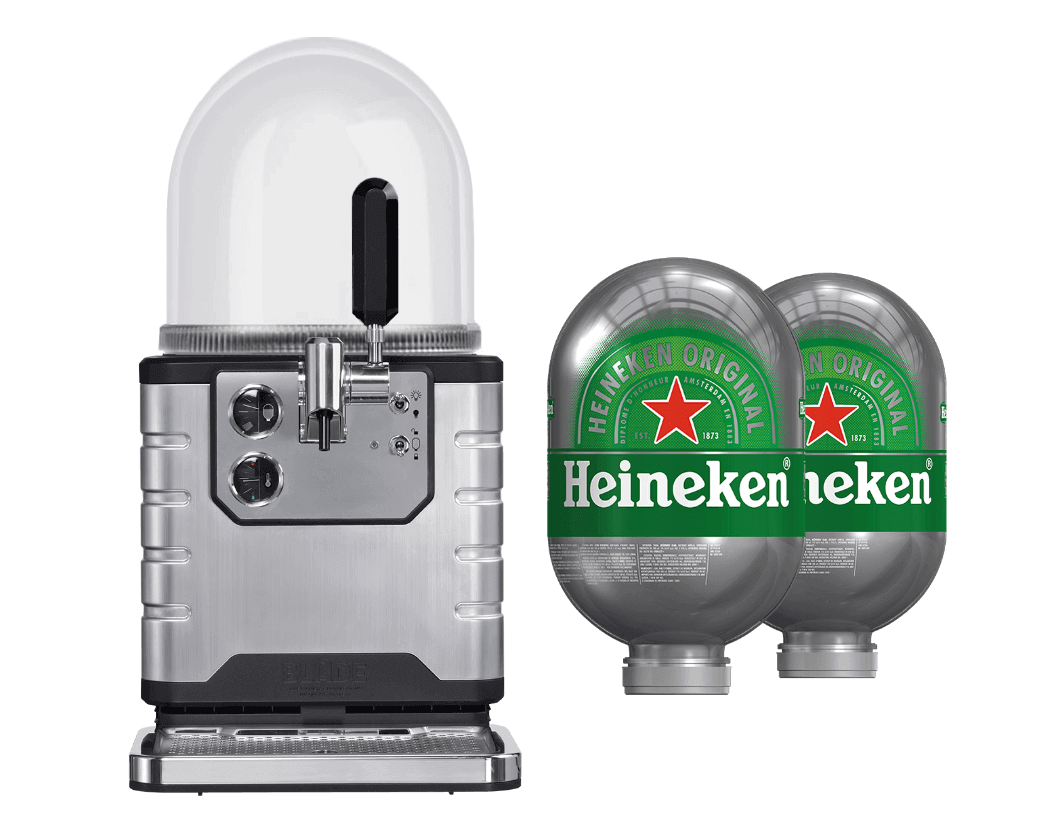
Canned beer
Canned vs. bottled beer: The big debate
The craft beer revolution always manages to surprise me. Hop-forward, bitter beer has been put back on the map. The beer world has begun experimenting with yeast and malt. And now we’re seeing oats along with other ‘ancient grains’, taking up centre stage beside traditional grains like barley, wheat and rye.
Is beer better in a can or bottle?
The result of all this experimentation is clear: beer now comes in many different colours, smells and flavours. And it’s not just the beer that's changing. Huge improvements are also being made in packaging, specifically with the reintroduction of cans...or tinnie to some of us. The question is: should we be happy about canned beer making a comeback?
View all canned beer
Beer in cans
So which is better, cans or bottles? Does it affect the taste?
A lot of beer lovers aren’t too fond of the idea of drinking beer from a can. That has a lot to do with the past: not too long ago, untreated tin was used as packaging and the metal gave the beer a bad flavour. I for one am old enough to remember the awful metallic taste that tainted the canned food of my youth. It tasted like blood. But those days are over now, as there are various coatings inside the tin to prevent unwanted tastes.
Then heavier alcoholic lagers became available in pint-sized cans at very low prices, and thus conjured undesirable asscoiations for many consumers.
Packaging?
There is no better packaging for beer than cans.
If you’ve not heard about the benefits before, here’s the top line: cans are the best way to protect beer against the inevitable decrease of flavour over time. Beer is a product made from natural ingredients, and therefore, sadly, does not have an eternal life. The taste reduces rapidly when beer is exposed to light, air and high temperature. Light, especially UV-rays, react with hops and cause nasty sulfur compounds - but tin is 100% light-tight, and thus beats every bottle. Oxygen reacts with beer and causes it to oxidize, making the beer smell like a wet newspaper - but tin is also 100% airtight. The colder a beverage is, the slower biochemical processes that cause the taste to slowly deteriorate - cans cool faster than glass.
Reduce, reuse, recycle
Let's not fail to mention the countless environmental benefits of using cans. Aluminum can be recycled indefinitely, in fact 75% of aluminium produced since 1888 is still in circulation today. Recycling a can also uses 95% less energy than it does to produce a new one. Aluminum is actually the most recyclable material on the planet because of its lower density and thus, lower weight. This means it’s cheaper to transport, making for a smaller carbon footprint and therefore reduces emissions.
Point is: cans are, especially for flavoursome beers, the superior beer packaging.
Canned beer in the UK
Let's start in the UK, as generally UK brewers have always been very open to using cans. Perhaps a country that so openly embraces cans of baked beans and tomato soup, has never needed to doubt the effiiency of such packaging. Leading breweries such as Beavertown, FourPure , Wild Beer Co and First Chop offer a wide range of craft beer in cans.
Canned beer in America
Now we move to America where beer in cans actually originated. Since 1909 businesses have been experimenting with canned beers, but the cans simply weren’t strong enough and they exploded on the assembly line.
On 24th January 1935, Gottfried Krueger Brewery put them into production. Technical innovations led to workable packaging - but these cans did give off a bad taste. It wasn’t until the end of the last century when these barriers were overcome, and in 2002, Oscar Blues from Colorado became the first craft brewery to pack beer in cans.
In the USA alone, 30% of all the beer sold is now in cans.
"Here’s the top line: cans are the best way to protect beer against the inevitable decrease of flavour over time."
Canned beer in Europe
Skepticism is now slowly being replaced by admiration in Europe, too. Small, independent breweries in particular are opting for cans instead of bottles. Certainly, when it comes to beer with a strong aroma, such as lager, IPA or White beer, cans are emerging as a better option.
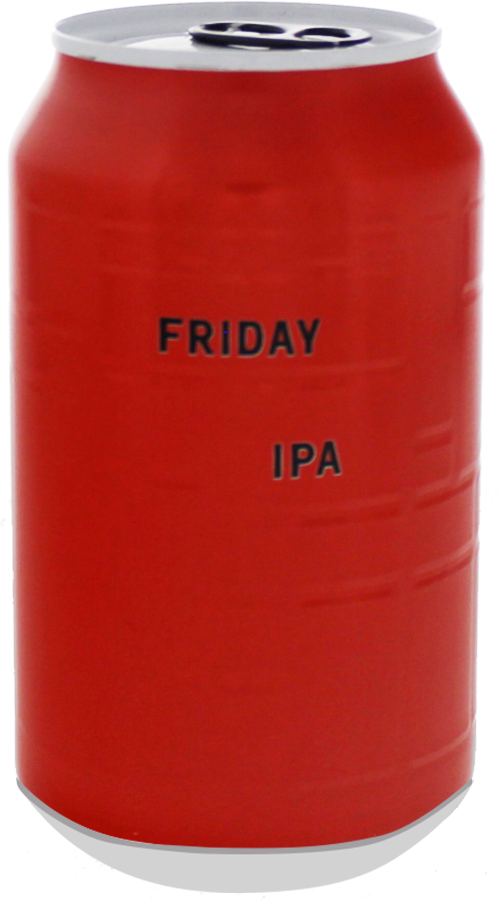
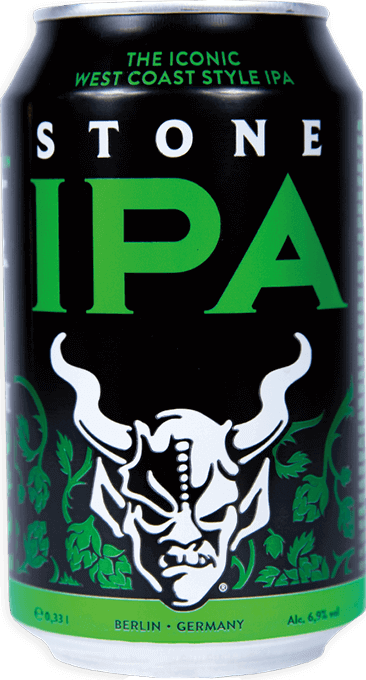
Legend has it that Greg Koch, co-founder of Stone Brewing called Oscar Blues crazy for using cans. Years later he admitted that he was wrong for not knowing better at that time. The brewery he opened a few years ago in Berlin does not use bottles at all.
They are also responsible for the legendary Stone IPA, considered the pinnacle of West Coast American IPA. Collaboration with Metallica, Enter Night Pilsner, also has become a firm favourite with Metallica and beer fans. Fifth Member or not! As with Greg Koch, in the past Germany has been slow to adopt the "trend". Although there are many examples of brewers who have now come round to the idea. Check out the German brewery And Union as another great example: they make lagers, Hefeweizen and IPA, all in cans. Friday and Sunday are particularly great, hoppy examples.
In the Netherlands, small and independent breweries have not exactly been ahead of the canned beer game either. However, in recent times many Dutch brewers have added cans to their assortment. These include, but are not limited to, Two Chefs Brewing and their Funky Falcon Pale Ale and Walhalla. Walhalla brew a very delicious raspberry Berliner Weisse, also available in a can!
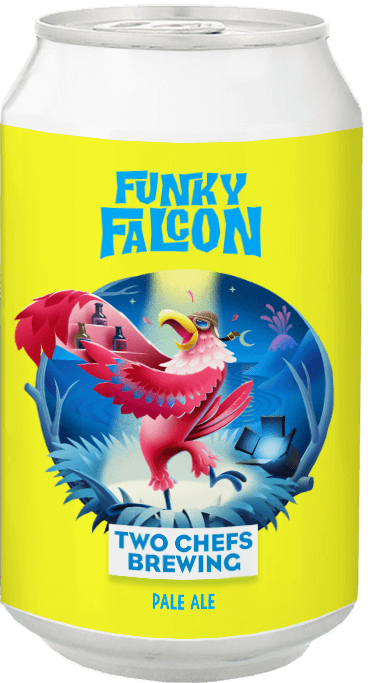
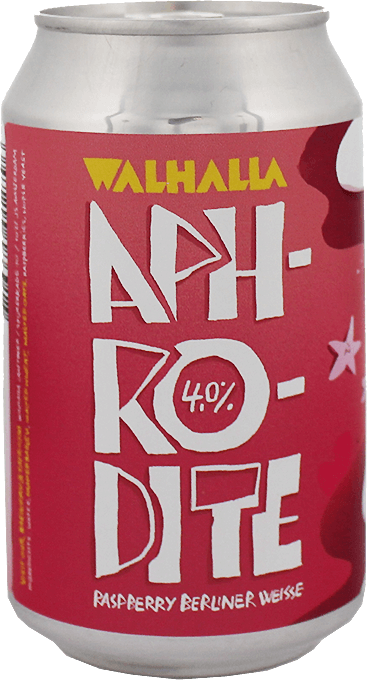
Bevog brewery, originally a Slovenian brewery but now located in Austria, joins the acceptance of beer in cans. Their more aromatic beers are canned, but the beers that can take more a beating are bottled.












